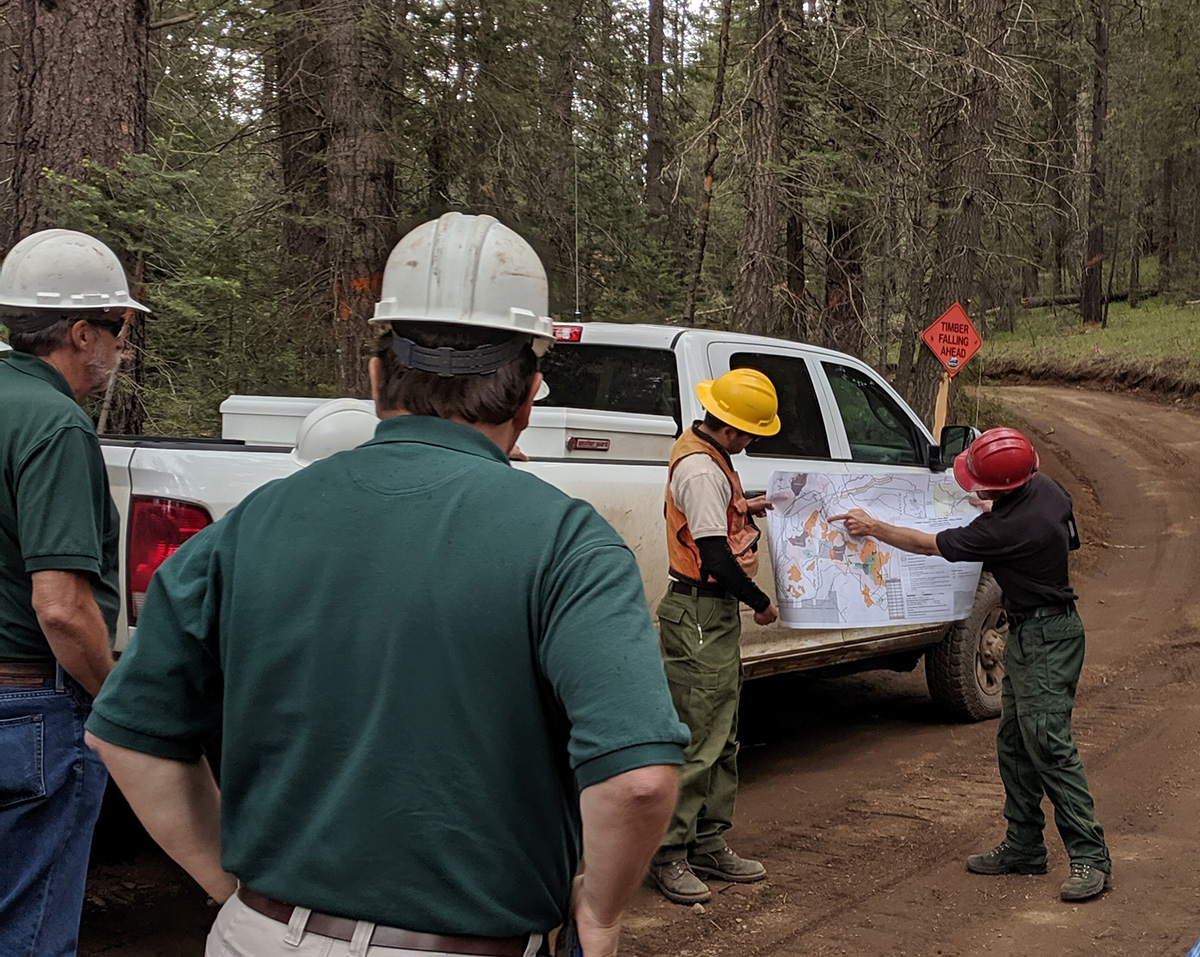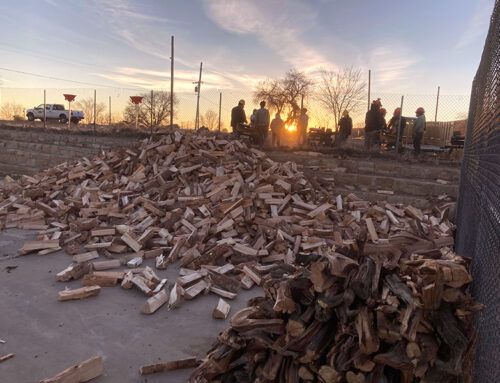The use of decision support systems (DSS), which includes a broad array of computer-based, spatial planning frameworks, methods, and tools, is increasingly common in pre-wildfire planning. Frameworks such as the National Cohesive Wildland Fire Management Strategy or the Forest Service Shared Stewardship Initiative articulate, in varying ways, the need for DST use so that planning can be informed by the best available science and technology. At the same time, there are many social barriers to effectively using DSTs in pre-wildfire planning and decision making.
To that end, the ERI sought to demystify the use of DSTs, specifically with respect to their use in wildfire risk assessment and treatment prioritization planning. Using semi-structured interviews, the ERI conducted a study to understand: 1) What spatial, pre-fire planning DSTs are commonly in use; 2) What are barriers and facilitators to the use of these DSTs; and 3) What are recommendations for improving the use of DSTs?
The results of this human dimensions research can be found in the final report from the project here, as well as in the recent paper “The Human Dimensions of Spatial, Pre-Wildfire Planning Decision Support Systems: A Review of Barriers, Facilitators, and Recommendations,” which was published in the Forests special issue Decision Support System Development of Wildland Fire. A white paper that focuses on the recommendations from this research is forthcoming.
Lastly, the results were presented to a national audience at the PODs: Collaborative Fire Planning Workshop 2021 hosted by the Wildfire Risk Management Science Team of the Forest Service Rocky Mountain Research Station. You can find more information about the workshop, as well as a recording of the ERI presentation by Melanie Colavito, here.




